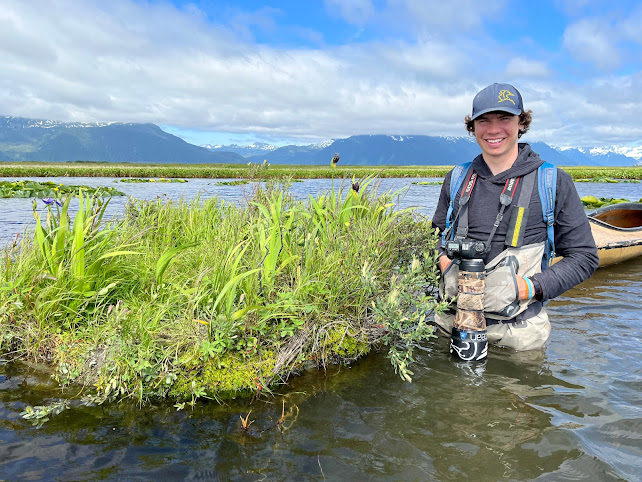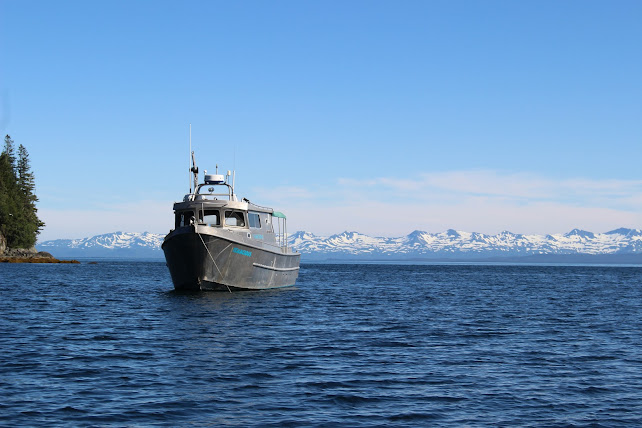Spreading My Own Wings

I had a good mix and variety of things to do my last week here. More Dusky island maintenance was a good part of it, but I also got out to see some more of the salmon run, spent half a day at Sheridan Glacier photographing some recently dislodged ice chunks and seeing the transition to fall, and taking one last trip out to the Motus tower we set up this spring. With a lot of rain recently (close to 50 inches in August), I was in the office and had the chance to test, and pass, my Dusky knowledge on the Washington Department of Fish and Game Southwest Canada Goose Test. It is a test that all hunters must pass that hunt in Southwest Washington to help with the identification of Duskies and other subspecies while hunting. I was also able to indulge in some historical photographs of the Copper River Delta and experience years of accelerated ecological succession in seconds. After another awesome wee...

.JPG)
